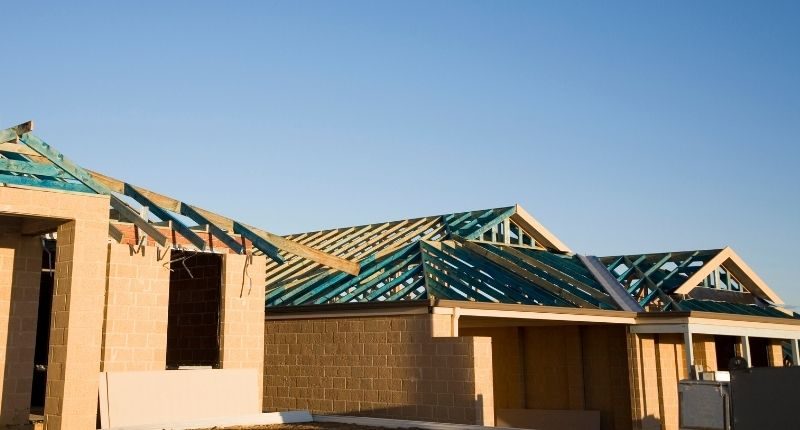- Inflation rose by 1.3% during the December quarter
- The annual rate is now 3.5$, above the traditonal inflation target
- Building supplies and labour shortages drove the increase
Following a 1.3% rise during the December 2021 quarter, inflation is now at an annual rate of 3.5% – well above the Reserve Bank’s target of 2-3% – according to data released today by the Australian Bureau of Statistics (ABS).
The most significant price rises during December were new dwellings ( + 4.2%) and automotive fuel (+ 6.6%), according to ABS’ head of price statistics, Michelle Marquardt.
“Shortages of building supplies and labour, combined with continued strong demand for new dwellings, contributed to price increases for newly built houses, townhouses and apartments,” said Ms Marquardt.
“Fuel prices rose again in the December quarter, resulting in a record level for the CPI’s automotive fuel series for the second consecutive quarter.”
While the construction of new dwellings is included in official inflation statistics, increases in the value of land and existing dwellings is not.
Due to easing border restrictions in late October and up to Christmas – especially before the Omicron wave began – domestic travel and accommodation ( + 4.8%) also contributed to the December quarterly rise.
“Annual price inflation of goods surpassed that of services in the December quarter and was the highest since 2008.” Ms Marquardt said.
Fuel prices increased by 32.3% over the year – becoming the largest contributor to higher goods inflation, in particular construction materials.
“More broadly, global supply chain disruptions and material shortages, combined with rising freight costs and high demand, contributed to price increases across a wide range of goods including dwelling construction materials, motor vehicles, furniture and audio-visual equipment.”
Michelle Marquardt , ABS
In terms of underlying inflation – which reduces the impact of both temporary and irregular changes – inflation was 2.6% for the December quarter, from 2.1% during the September quarter.
“Annual trimmed mean inflation is the highest since 2014, reflecting the broad-based nature of price increases, particularly for goods,” Ms Marquardt concluded.








